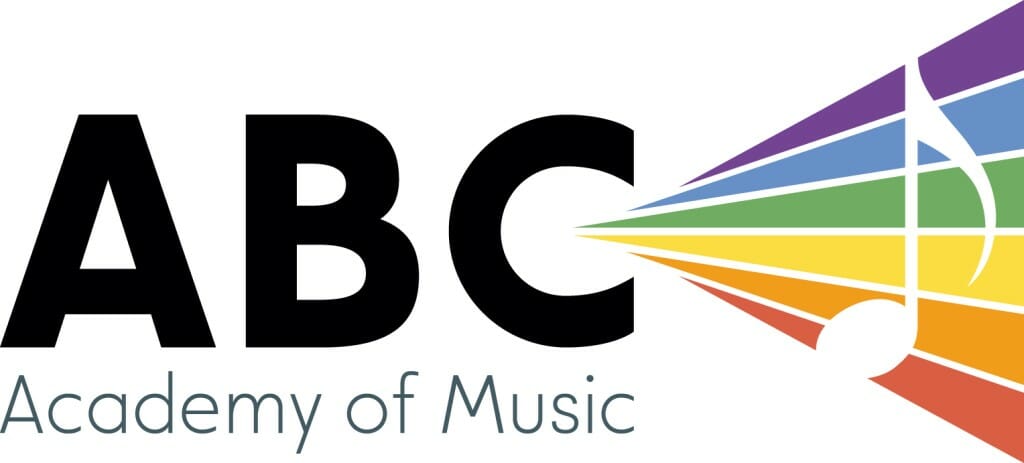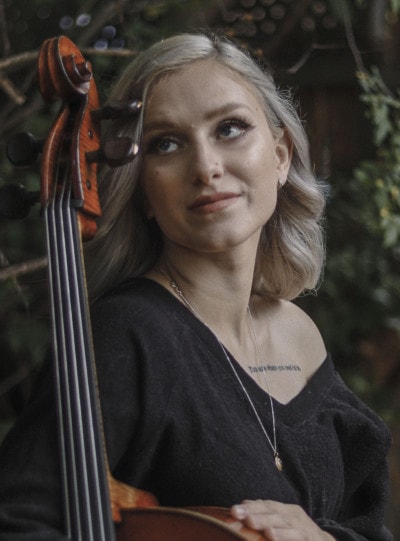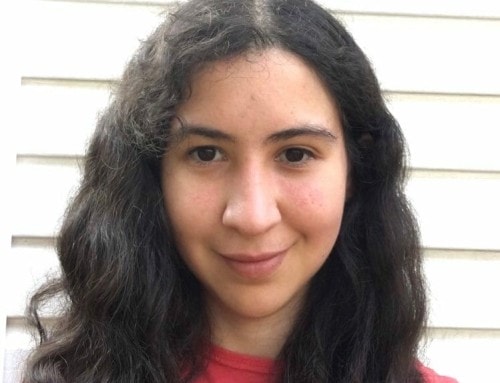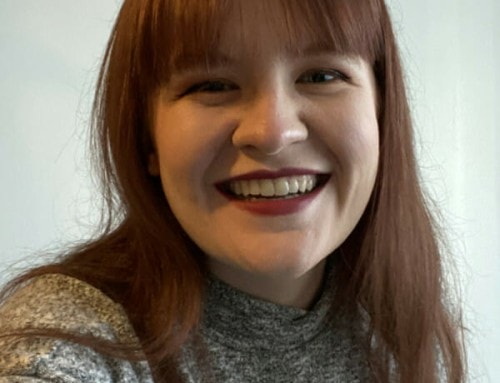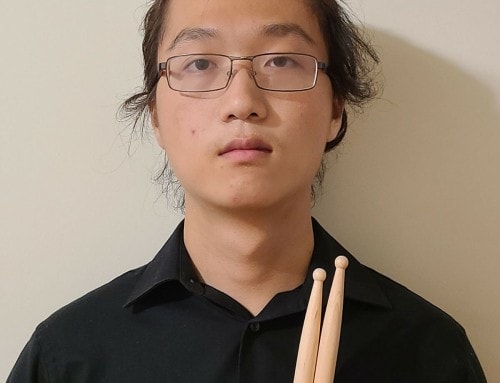Kendra Grittani is an experienced cellist, having started playing at only four years old. Kendra has completed her Masters in cello performance at McGill University with accomplished symphonic and chamber musician, and cello professor, Elizabeth Dolin.
Kendra has performed with various orchestras including the Toronto Symphony Orchestra, the McGill Symphony Orchestra, the McGill Opera Orchestra, the Kitchener Waterloo Symphony, the Thunderbay Symphony Orchestra, and the National Youth Orchestra of Canada.
Recently, after forming the piano trio, Trio Meira, the chamber group swept the McGill Chamber Music Competition 2018, being awarded 1st prize. Along with a debut performance in Montreal, Trio Meira was awarded a week long residency at the Mozarteum in Salzburg, Austria.
Kendra has also had the privilege to perform alongside accomplished professionals such as Axel Strauss, Stephane Lemelin, Elizabeth Dolin, Ariel Barnes, Riko Higuma and many more. Kendra is currently a substitute musician with the Toronto Symphony Orchestra cello section, the Kitchener Waterloo Symphony cello section, and the Thunderbay Symphony Orchestra cello section. Kendra is working as a freelance cellist, chamber musician and as a private teacher in Toronto.
Get to know Kendra…Beyond the Bio!
Hobbies: Aerial Acrobatics, animal care.
Musical influences: Johannes Moser and Santiago Cañon-Valencia
Favourite food: Sushi
Least favourite food: onion
Favourite music: Esperanza Spalding and Ariana Grande
Favourite song: Midnight in Harlem – Tadeschi Trucks Band
Favourite musical theatre/opera: Hamilton
Favourite book: The Book Thief
Best thing about teaching at ABC: Exchanging teaching techniques with other excellent teachers
Latest Homework from KENDRA
Is Kendra Your Teacher?
Sign up now to get your weekly assignments delivered, and never lose your homework sheet again!
Matthew – June 13th
D major 2 octaves
- make sure the elbow is leading the way for the string crossings
- D drone
Arpeggio
- keep arm higher for Fsharp on the C string
- move thumb for extension
- point left arm forward on lower string for extension
G major 2 octaves
- 4th position: fsharp closer to G
- make sure fingers nice and tall after shift
- keep the shoulds square, don’t point the arm back
- get the arm up sooner so you have more time to get the weight out of the string
Arpeggio
- smooth as possible with the bow
- leave sooner with the left arm for ascending and descending shift
- practice starting with just shift
- don’t squeeze with the left hand
Vibrato
- when doing the large motion, you should be leading with the entire arm moving as a unit, not leading with the hand
- A: look at the saddle. It’s higher than you think
- bow straight
- practice without vib first, think/say note names
- when adding vibrato, it should be continuous, try not to stop the motion
- practice in front of a mirror, watch the left arm
Toy Soldier
- practice at a tempo that you can play the whole study
- slower bow speed, flatter hair
- start up bow
- move bow a bit closer to the bridge
- sink into sring with bow a little more
Lament
- plucking first
- pay attention to key signature and accidentals
- left arm up for the lower strings and extensions
- D drone
- focus on extensions and shifts
May time: remind me to do pieces before studies next week
- slurred string crossings need ot be smoother
- try not to crescendo on the up bows where it isn’t marked. maintain bow speed.
- arm goes up before note changes
- make sure to turn the corner on the A string
Start plucking minuet No. 1.
Preferred Books for Kendra’s Students
Click to buy them here, and they’ll come right to your house! What could be easier?
Suzuki Cello School

Teach cello with the popular Suzuki Cello School. The Suzuki Method(R) of Talent Education is based on Shinichi Suzuki’s view that every child is born with ability, and that people are the product of their environment. According to Shinichi Suzuki, a world-renowned violinist and teacher, the greatest joy an adult can know comes from developing a child’s potential so he/she can express all that is harmonious and best in human beings. Students are taught using the “mother-tongue” approach.
Suzuki Cello School
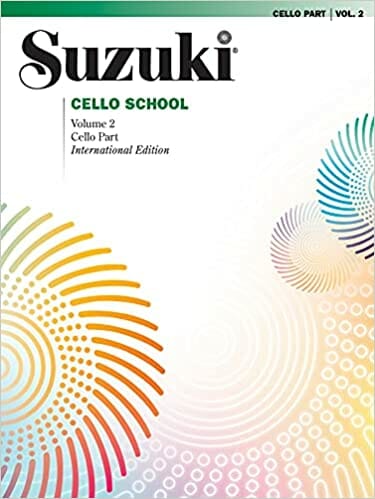
Teach cello with the popular Suzuki Cello School. The Suzuki Method(R) of Talent Education is based on Shinichi Suzuki’s view that every child is born with ability, and that people are the product of their environment. According to Shinichi Suzuki, a world-renowned violinist and teacher, the greatest joy an adult can know comes from developing a child’s potential so he/she can express all that is harmonious and best in human beings. Students are taught using the “mother-tongue” approach.
Suzuki Cello School

Teach cello with the popular Suzuki Cello School. The Suzuki Method(R) of Talent Education is based on Shinichi Suzuki’s view that every child is born with ability, and that people are the product of their environment. According to Shinichi Suzuki, a world-renowned violinist and teacher, the greatest joy an adult can know comes from developing a child’s potential so he/she can express all that is harmonious and best in human beings. Students are taught using the “mother-tongue” approach.
I Can Read Music

These easy-to-read, progressive exercises by Joanne Martin develop a student’s reading skills one stage at a time, with many repetitions at each stage. I Can Read Music is designed as a first note-reading book for students of string instruments who have learned to play using an aural approach such as the Suzuki Method(R), or for traditionally taught students who need extra note reading practice. Its presentation of new ideas is clear enough that it can be used daily at home by quite young children and their parents, with the teacher checking progress every week or two.
Position Pieces for Cello

Position Pieces for Cello is designed to give students a logical and fun way to learn their way around the fingerboard. Each hand position is introduced with exercises called “Target Practice,” “Geography Quiz,” and “Names and Numbers.” Following these exercises are tuneful cello duets that have been specifically composed to require students to play in that hand position. In this way, students gain a thorough knowledge of how to find the hand positions, and once there, which notes are possible to play.
